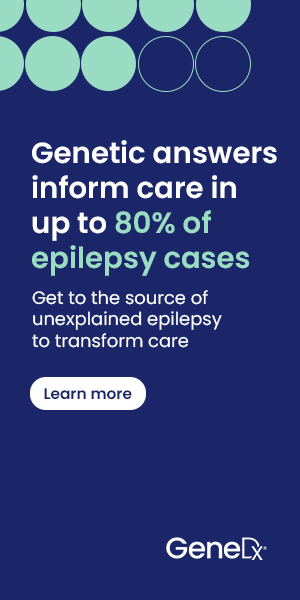Laura Adang, MD, PhD, Assistant Professor at Perelman School of Medicine at University of Pennsylvania, discusses a cohort study conducted analyzing pre-diagnostic symptoms and time-to-diagnosis in patients with metachromatic leukodystrophy (MLD).
MLD is a rare inherited condition characterized by the accumulation of fats called sulfatides in cells, especially cells of the nervous system. This accumulation results in progressive destruction of myelin. Affected individuals experience progressive deterioration of intellectual functions and motor skills, such as the ability to walk. They also develop loss of sensation in the extremities, incontinence, seizures, paralysis, inability to speak, blindness, and hearing loss. Eventually they lose awareness of their surroundings and become unresponsive. This condition is caused by genetic changes in the ARSA and PSAP genes.
A retrospective cohort study was conducted using a natural history study and claims databases to identify pre-diagnostic symptoms that could facilitate earlier recognition and intervention of MLD. In a primary cohort of 174 cases diagnosed between 2017 and 2023, the median time from initial medical encounter to diagnosis was 658 days. Of children included, 66.1% were diagnosed before the age of three years and 92.5% showed neurologic or systemic symptoms up to five years before diagnosis. Common neurologic symptoms included delayed milestones, gait abnormalities, tone issues, seizures, and cognitive or language delays. Common systemic issues included feeding or gastrointestinal concerns and ophthalmologic abnormalities.
These patterns were validated in a claims dataset that mirrored the prodromal presentation of systemic and neurological symptoms. Additionally, insurance status was observed to influence diagnostic timing. Children with commercial insurance, 67% of the primary cohort, reached diagnosis at a younger median age and had shorter time-to-diagnosis across five of six symptoms categories.
A cohort of 47 children with early-onset MLD was analyzed in a separate natural history cohort. All of these children experienced neurologic symptoms prior to diagnosis and 68% showed neurologic concerns prior to regression. 25 children experienced gross motor delays, such a failure to achieve ambulation, while 8 children experienced tone abnormalities such as spasticity and hypotonia. Neurologic symptoms appeared at a median of 548 days before diagnosis. Regression occurred in 40 of the children with an onset median of 223 days prior to diagnosis.
Systemic features were also reported in 62% of this cohort. Gastrointestinal issues, such as failure to thrive and dysphagia, occurred a median of 57 days before diagnosis. Ophthalmologic abnormalities, such as strabismus and nystagmus, occurred a median of 223 days before diagnosis. In a small subset (6/29), systemic symptoms preceded the onset of neurologic symptoms, and in two children, extra-neurologic features emerged within the first year of life.
As noted by Dr. Adang, these delays in diagnosis illustrate the need for early screening of this condition so the children can receive treatment that can stop or reduce disease progression.
For more information, click here.
To learn more about the RDCRN and their resources, click here.
For more insights from RDCRN consortium members, visit https://checkrare.com/rare-diseases-clinical-research-network/

